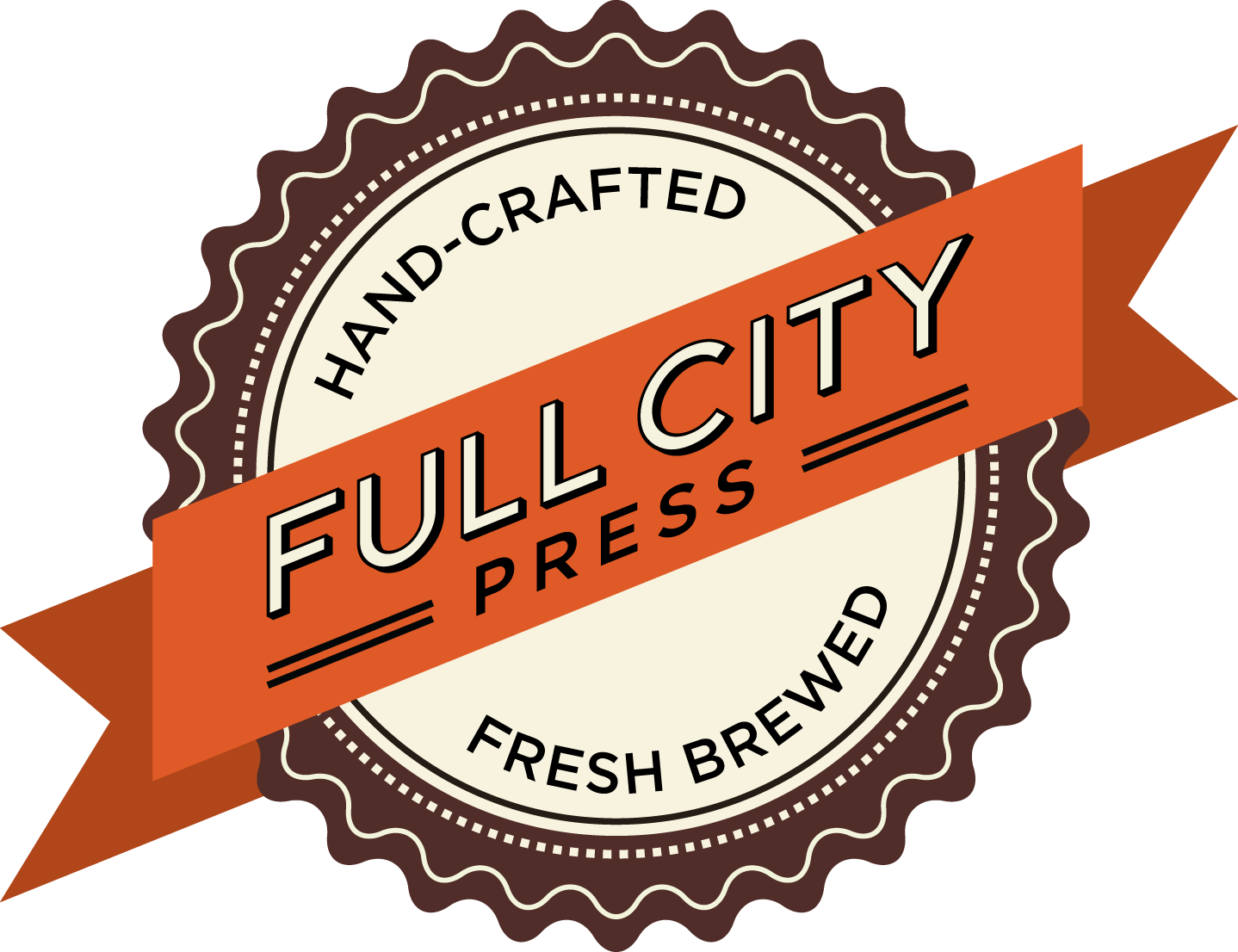It should come as no surprise that many of the apps in the Mac App Store are existing Mac apps — many of them being paid apps.
Unfortunately, transitioning to the Mac App Store isn’t exactly a cake walk for either developers or users. Developers already have users on the old business model of issuing serial numbers and such, and users have that software. There isn’t a way for developers to easily move customers over to the Mac App Store, so there are a couple avenues to travel down:
- Continue down the old road — selling and maintaining software through a web store.
- Support the web store and the Mac App Store, essentially having two different variations of the same app out in the wild. Or,
- Dive head first into the Mac App Store exclusively, and have customers re-buy apps they already own.
I don’t foresee option 1 lasting for very long. Many users, especially customers that don’t fully understand computers, are going to embrace the simplicity of the Mac App Store very quickly. Especially new Mac owners, since the Mac App Store will be their first and primary way of installing apps. One exception are apps that don’t meet the requirements of admittance into the Mac App Store. These apps will have a lot of extra work ahead of them to remain seen.
Option 2 is great for the short term. This is where many developers will sit for the time being, waiting to see which business model is more successful. Some developers may be utilizing this method until their next major release, requiring users on the old model to move to the Mac App Store at that time, as users are more likely to be understanding.
And then there are the developers who are bold and take option 3 right away. These are the developers who like to get things over with and rip off the band-aid quickly. It stings, its kind of ugly, but it the long run, the agony fades rapidly.
As I was listening to Episode 7 of Build & Analyze, Marco Arment said something profound about the Mac App Store [quoted tot he best of my ability]:
“I’ve always heard from developers that payment processing, serial number issuing and recovering, and installation support were always the three biggest support needs. This has solved all three of those. That’s awesome!” -Marco Arment
The developers behind Pixelmator are doing just that — diving head first into the Mac App Store in order to focus on their product. They explain their transition plan for existing customers very well, and sweeten the pot quite a bit. It is advantageous in the long run for existing customers to re-buy Pixelmator, which is now exclusive to the Mac App Store. However, they aren’t abandoning existing customers, they will receive free updates right up to version 2. But there will no longer be new customers under the old model. This allows the developers to focus less on supporting a store and focus more on development.
I mentioned the other day that Realmac Software has moved one of their products exclusively to the Mac App Store. I think they are dealing with this very well, too, in that they are refunding existing customers, who can then re-buy at a lower price. It has to sting in the short term, but I imagine in will pay off for Realmac in spades in the long term.
Not all developers are transitioning as gracefully, in my opinion. Existing users of CoverSutra are getting left in the cold at version 2.2.2, with no future updates, while version 2.5 goes exclusively to the Mac App Store. This doesn’t sit well with me, as buyers of CoverSutra 2 were promised free updates to version 3.0. Instead, users have to re-buy, or sit there knowing they won’t have support. It also doesn’t thrill me that the developer isn’t even apologetic in the slightest. Granted, everything would probably be peachy if the developer would have just slapped 3.0 on the app instead of 2.5. I understand her wanting to make a clean cut, but more respect should have been shown for those who bought CoverSutra. Hence, I am voting with my wallet, and not re-buying.
This transitional period of business models is interesting to say the least. It is especially intriguing to see how different developers handle the experience. I expect it won’t be too long until the dust settles.


